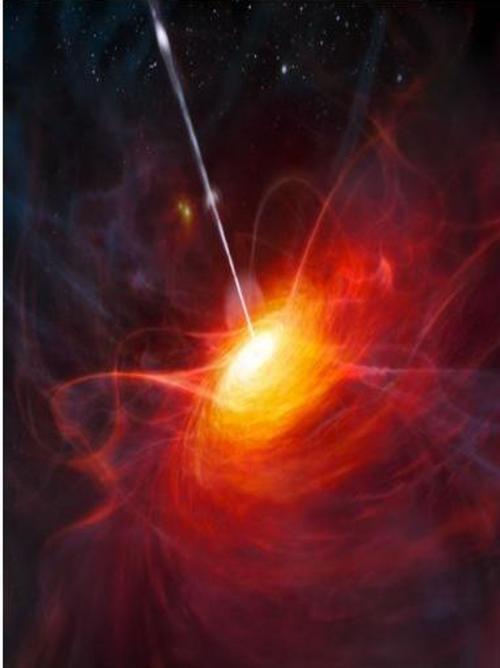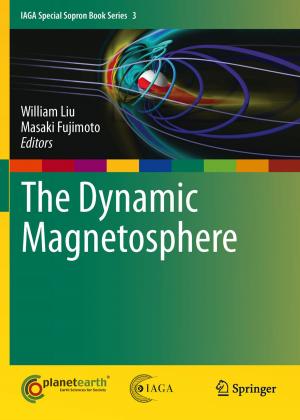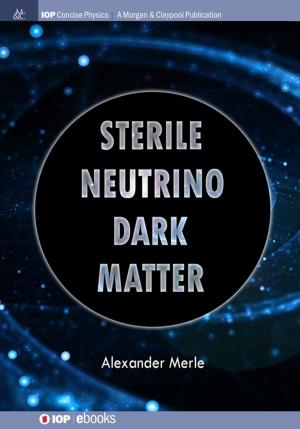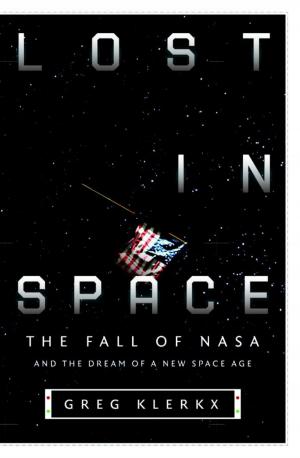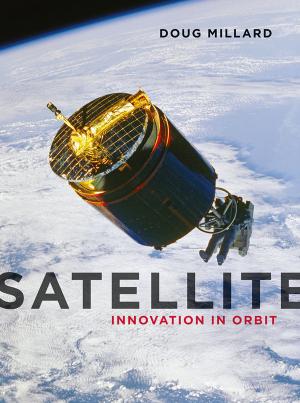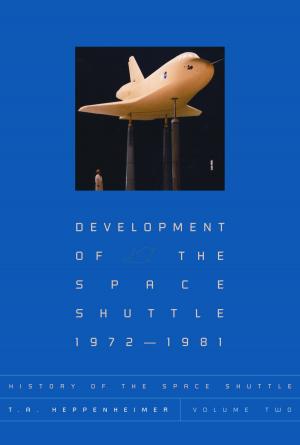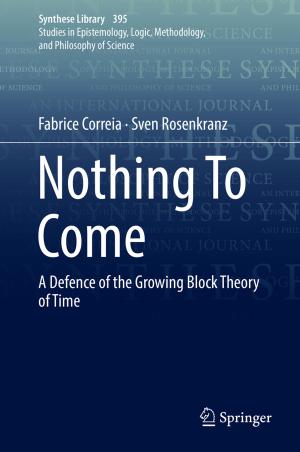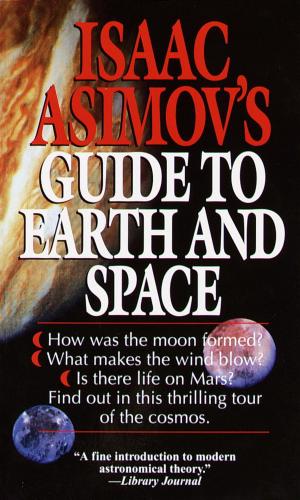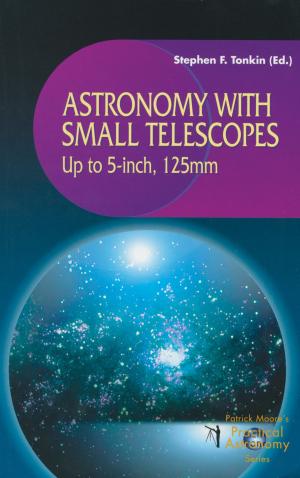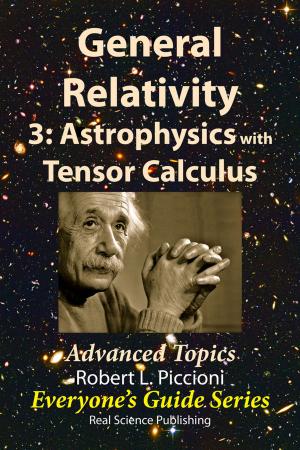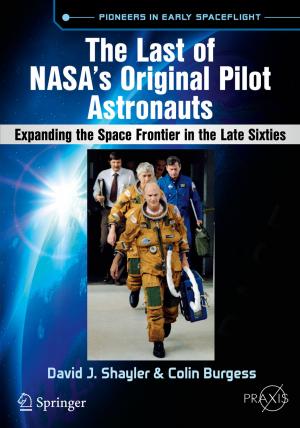Supermassive Black Hole At The Center Of Cosmology
The Black Hole Myth
Nonfiction, Science & Nature, Science, Physics, Gravity, Cosmology, Astrophysics & Space Science| Author: | Jamal Shrair | ISBN: | 1230000238901 |
| Publisher: | Jamal Shrair | Publication: | May 14, 2014 |
| Imprint: | Language: | English |
| Author: | Jamal Shrair |
| ISBN: | 1230000238901 |
| Publisher: | Jamal Shrair |
| Publication: | May 14, 2014 |
| Imprint: | |
| Language: | English |
Synopsis
In physical reality there are no black holes. Instead there are intense magnetic field regions that are formed whenever the field strength in plasma becomes much stronger compared with its surroundings. The most intense magnetic field regions are formed at the most dense regions of the Universe. These super-intense magnetic field regions are characterized by the formation of gaps -or more precisely circular gaps- that rotate at some regions with superluminal velocity. In other words, these circular gaps are open field lines formed in the most active regions on the surface of a dense plasma environment. It is a phenomenon structured and ruled by magnetism. It is similar to the formation of sunspots and coronal holes. Sunspots are magnetic phenomena as well. They are regions of very strong magnetic fields where the field lines get so crowded together that they push up through the surface, bringing some of the hot plasma with them in a spectacular arc, or loop. Basically, the strong magnetic field, not allowing motions across the field lines, quenches convection inside the spot. They are darker than the surrounding areas because they are expending less energy and as a result have a lower temperature. The spots formed on the surface of the Sun have also been seen on other stars.
Coronal holes are also similar phenomena. They are linked to unipolar concentrations of open magnetic field lines. Minimum coronal holes are mainly found at the Sun’s polar regions, which are the strongest magnetic field regions. But coronal holes can be found anywhere on the sun during solar maximum and this is the time when the magnetic field increases in strength on the rest of the Sun. The fast-moving component of the solar wind is known to travel along open magnetic field lines that pass through coronal holes.
Therefore, these gaps that are surrounded by intense magnetic fields do not only exist at the center of galaxies, galaxy clusters and superclusters, etc, but also whenever the magnetic field (in space plasma) becomes stronger compared to its surroundings. In case of a very dense plasma, like the ones at the center of galaxies and large scale structures, the strength of the magnetic field is so enormous at the core compared with the rest of the galaxy; this is the reason why always a single gap is formed at these regions. But there are no reasons why no more than one gap can be formed.
Thus, both the place of formation and strength of these gaps depend on the distribution of the plasma density. The higher the density of the plasma, the more intense the magnetic field and the more powerful the magnetic force around these regions. The strongest magnetic field region should be formed at the most dense part of the universe; however, those circular gaps surrounded by super-intense magnetic fields are the sources of the highest type of cosmic radiation. It is also estimated that more than a quarter of the total radiation emitted in the universe as a whole is coming from these super-intense magnetic field regions that are located mainly at the galactic cores and the centers of large scale structures.
In current physics, those regions are supposed to be the locations of the supermassive black holes. But actually what is lighting up and powers the cosmos is the interaction of magnetic fields at those regions. Furthermore, the Active Galactic Nucleus (AGN) that are supposed to be the place for the biggest kind of black super suckers are, in physical reality, the generation and regeneration centers of the universe. These regions are the birthplaces of stars and quasars that would evolve into companion galaxies. The current black hole theory is a modern physics myth. There are two main reasons for this myth and other dark myths (dark matter and dark energy). The first is the lack of understanding of the physical principle of gravity and the failure to comprehend its true role in the structure of matter. The second is the intervention of unscientific mathematical theories in physics. Those mathematical theories were adopted by physicists without real evaluation. Most of those theories are wrong even on purely mathematical grounds (from a mathematical point of view)......
Synopsis
In physical reality there are no black holes. Instead there are intense magnetic field regions that are formed whenever the field strength in plasma becomes much stronger compared with its surroundings. The most intense magnetic field regions are formed at the most dense regions of the Universe. These super-intense magnetic field regions are characterized by the formation of gaps -or more precisely circular gaps- that rotate at some regions with superluminal velocity. In other words, these circular gaps are open field lines formed in the most active regions on the surface of a dense plasma environment. It is a phenomenon structured and ruled by magnetism. It is similar to the formation of sunspots and coronal holes. Sunspots are magnetic phenomena as well. They are regions of very strong magnetic fields where the field lines get so crowded together that they push up through the surface, bringing some of the hot plasma with them in a spectacular arc, or loop. Basically, the strong magnetic field, not allowing motions across the field lines, quenches convection inside the spot. They are darker than the surrounding areas because they are expending less energy and as a result have a lower temperature. The spots formed on the surface of the Sun have also been seen on other stars.
Coronal holes are also similar phenomena. They are linked to unipolar concentrations of open magnetic field lines. Minimum coronal holes are mainly found at the Sun’s polar regions, which are the strongest magnetic field regions. But coronal holes can be found anywhere on the sun during solar maximum and this is the time when the magnetic field increases in strength on the rest of the Sun. The fast-moving component of the solar wind is known to travel along open magnetic field lines that pass through coronal holes.
Therefore, these gaps that are surrounded by intense magnetic fields do not only exist at the center of galaxies, galaxy clusters and superclusters, etc, but also whenever the magnetic field (in space plasma) becomes stronger compared to its surroundings. In case of a very dense plasma, like the ones at the center of galaxies and large scale structures, the strength of the magnetic field is so enormous at the core compared with the rest of the galaxy; this is the reason why always a single gap is formed at these regions. But there are no reasons why no more than one gap can be formed.
Thus, both the place of formation and strength of these gaps depend on the distribution of the plasma density. The higher the density of the plasma, the more intense the magnetic field and the more powerful the magnetic force around these regions. The strongest magnetic field region should be formed at the most dense part of the universe; however, those circular gaps surrounded by super-intense magnetic fields are the sources of the highest type of cosmic radiation. It is also estimated that more than a quarter of the total radiation emitted in the universe as a whole is coming from these super-intense magnetic field regions that are located mainly at the galactic cores and the centers of large scale structures.
In current physics, those regions are supposed to be the locations of the supermassive black holes. But actually what is lighting up and powers the cosmos is the interaction of magnetic fields at those regions. Furthermore, the Active Galactic Nucleus (AGN) that are supposed to be the place for the biggest kind of black super suckers are, in physical reality, the generation and regeneration centers of the universe. These regions are the birthplaces of stars and quasars that would evolve into companion galaxies. The current black hole theory is a modern physics myth. There are two main reasons for this myth and other dark myths (dark matter and dark energy). The first is the lack of understanding of the physical principle of gravity and the failure to comprehend its true role in the structure of matter. The second is the intervention of unscientific mathematical theories in physics. Those mathematical theories were adopted by physicists without real evaluation. Most of those theories are wrong even on purely mathematical grounds (from a mathematical point of view)......
